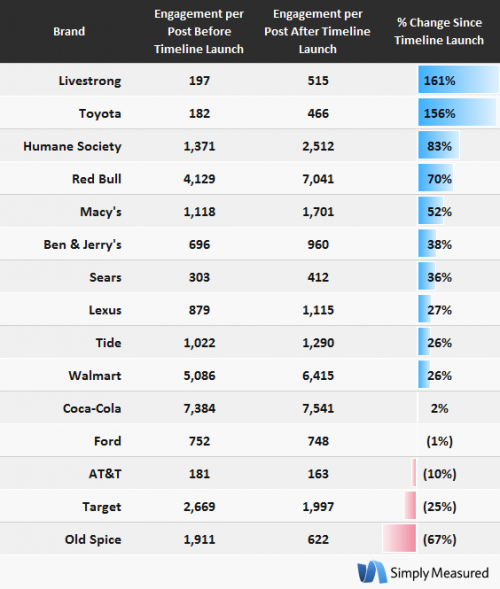Five Friday Facts #21

Social media users in China
The number of social media users in China reached 256.5 million in 2011, and looks set to reach 414.5 million by 2014. Already making up more than 50% of China’s Internet population, social media users there will encompass 63% of China’s Internet population by 2014. Even without the presence of Facebook or Twitter, social media users in China have no lack of alternative local options that are not banned by the government, thanks to a very competitive social media landscape that is led by Internet giants such as Tencent, Sina, Biadu etc.
Smartphone growth boosts Asia-Pacific’s games market
Asia-Pacific’s booming smartphone market will boost the region’s gaming industry to more than $30 billion in 2016, with annual growth of 18%, which is 2% higher than the global average. Research by Ovum estimates that Asia Pacific will have more than 1 billion gamers by 2016, of which nearly 900 million or 90% of gamers will play games solely on a mobile device or in addition to a PC. In light of recent hit ‘Draw Something‘ and Zynga’s ‘With Friends‘ titles, it’s likely that social gaming will be the one paving the way forward in the growth of Asia-Pacific’s gaming industry.
Tumblr hits 20 million users
Microblogging service Tumblr continues to grow at an impressive rate, having hit 20.15 billion posts and a total of 49.89 million blogs at time of writing. Earlier this year, Tumblr founder and CEO David Karp announced that Tumblr was serving 120 million people and had 15 billion pageviews every month. Its average user creates 14 original posts each month, and reblogs 3. Given the rise in popularity of Pinterest, which has similar functionalities to Tumblr in terms of “liking” and “repinning” posts but with a focus on photos alone, we wonder whether Tumblr will continue on this trajectory of growth, or if it will in fact be affected by this bright shiny new platform everyone’s spending their social networking time on at the moment.
Does your CEO tweet?
Apparently, CEOs who tweet are regarded more positively than those who don’t. A survey by social media branding firm BRANDfrog discovered that 77% of respondents are more likely to purchase a product from a company if its CEO and other C-level executives are tweeting. In addition, 78% believe that CEOs participating on social media leads to better communication, 71% believe it improves brand image, and 64% feel that it offers more transparency. Internally, 82% of employees who responded trust their company more if the C-level and other leadership tweets. Of course, it’s not feasible for all CEOs to tweet, but brands should recognise that having an ambassador for the company in the form of higher management might instil more trust and confidence in consumers towards the brand.
New Facebook Pages drive higher engagement rates
A study by Simply Measured analysed 15 Facebook brand pages that were early adopters of Timeline to determine its impact on engagement rates. The results concluded that the implementation of Timeline led to a 14% increase in fan engagement, a 46% increase in content engagement, and a 65% increase in interactive content engagement, namely videos and photos. Of course, we’re not convinced that all brands will see a similar lift in fan engagement because the brands surveyed have a significantly large fan base and were also featured often on articles or used as case studies leading up to the big reveal of Timeline for brands. Still, the new features of Timeline should no doubt make it easier for brands to engage with their fans, so we shall see if a more comprehensive study of brands on Timeline in future will yield similar results.
